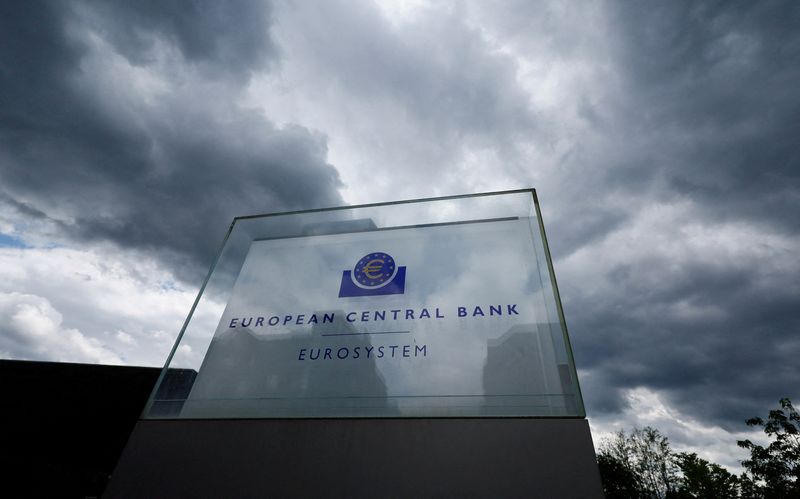A look at the day ahead in European and global markets from Stella Qiu
The rash of rate cuts over the past few days, with outsized 50 bp moves in Switzerland and Canada and a 25 bp easing by the European Central Bank, has helped to turbocharge the U.S. dollar, which jumped 1% on the euro, 1.6% on the Swiss franc and 1.8% on the Japanese yen.
The dollar also drew energy from higher Treasury yields as investors scaled back expectations for aggressive U.S. policy easing next year. Markets are still confident of a cut by the Federal Reserve next week but they have all but given up on a move in January, which is priced at just a 20% chance.
A big wild card for the market outlook - U.S. President-elect Donald Trump - will have returned to the Oval Office by the time of the next Fed meeting and may well have pushed out dozens of executive orders with wide-ranging trade and policy implications.
The dollar's relentless strength is pressuring currencies in emerging markets, limiting their scope for policy easing. The Indonesian rupiah hit a four-month low on Friday and its central bank had to intervene repeatedly to shore up the currency.
India's central bank is seen likely to have been selling dollars via state banks to support the rupee, which is near record lows.
The yen has also been major loser, undermined by expectations that the Bank of Japan is unlikely to hike interest rates next week. Small firms' wage woes are one more reason that the BOJ might proceed carefully with any tightening.
An additional factor worth noting for U.S. yields and the dollar is that U.S. PPI data released on Thursday was biased upward by egg prices and the core rate was much better behaved, such that analysts have revised down expectations for the crucial core PCE index to around 0.13% from 0.2%-plus.
Long-term Treasuries this week have suffered heavy losses, with the 10-year benchmark bond yield up 17 bps while 30-year yields surged 22 bps, the biggest weekly rise in more than a year.
Disappointing results from a 30-year bond auction on Thursday were also partly to blame but the climb in yields largely reflects an upward repricing of terminal rates. U.S. rates are seen falling only slowly to 3.8% by the end of 2025, compared with 1.75% for Europe and 2.7% for Canada.
In Asia, most stocks are down, with China leading the losses.
Hopes had been high for China's Central Economic Work Conference in Beijing after a Politburo meeting changed the stance of monetary policy to "moderately loose", the first such change in 14 years, but nothing specific emerged.
Europe is set for a lower open ahead of some secondary economic data, including UK monthly GDP and euro zone industrial production. EUROSTOXX 50 futures were 0.3% lower, while Nasdaq futures rose 0.3%, near a record high.
Several ECB officials will be speaking later in the day. The central bank, which disappointed doves that had been hoping for a 50 bp move on Thursday, is expected to cut by a quarter-point at each of its policy meetings until the middle of next year.
Key developments that could influence markets on Friday:
-- UK monthly GDP data
-- Euro zone industrial output

-- U.S. import prices data
-- Portugal central bank governor Mario Centeno speaks
(By Stella Qiu; Editing by Edmund Klamann)